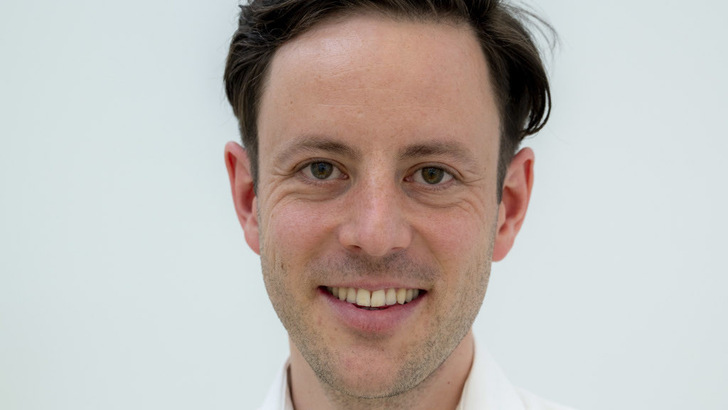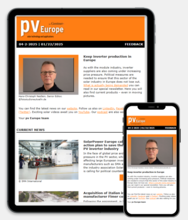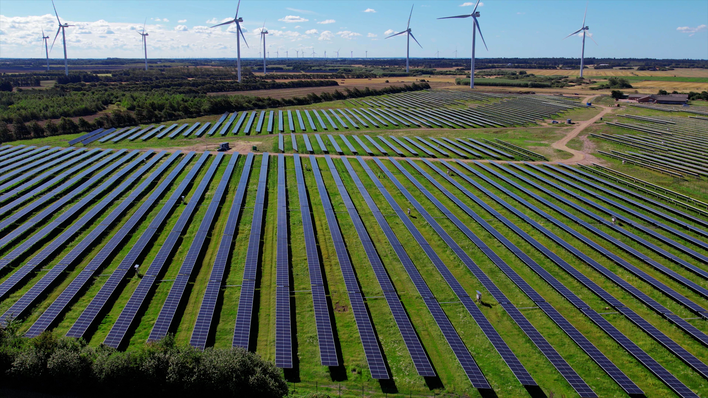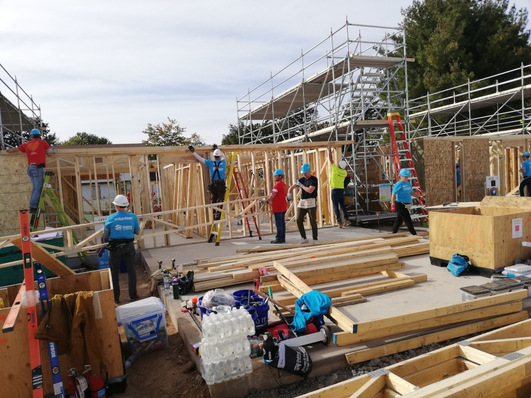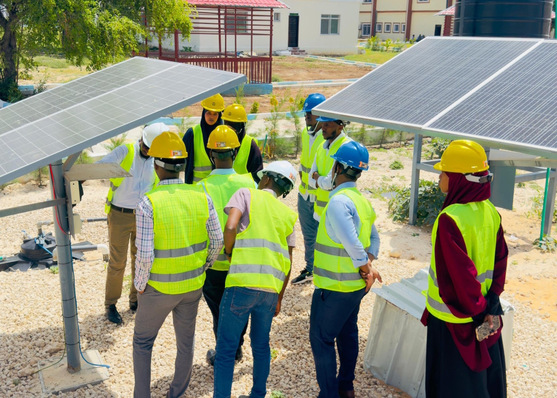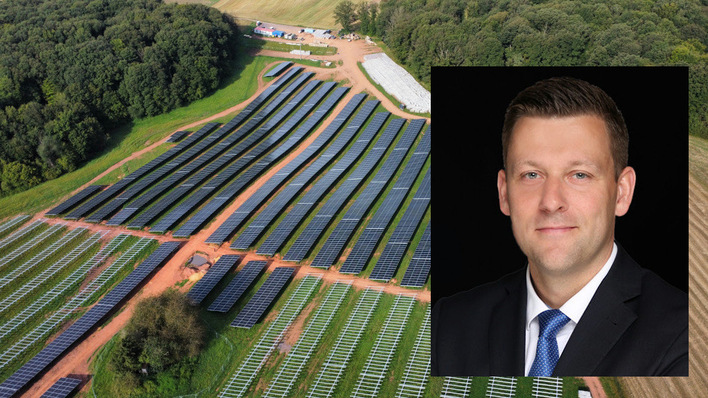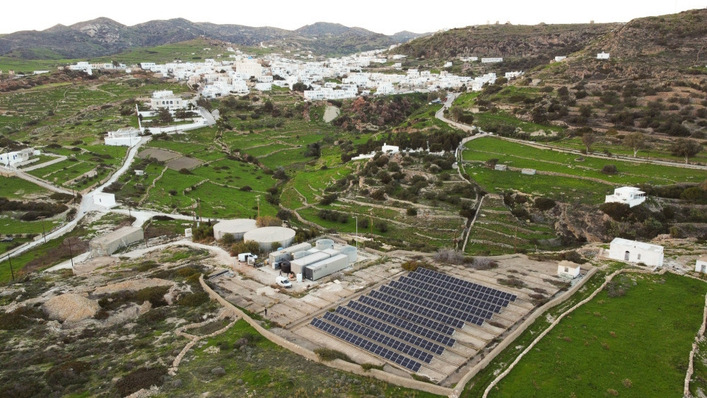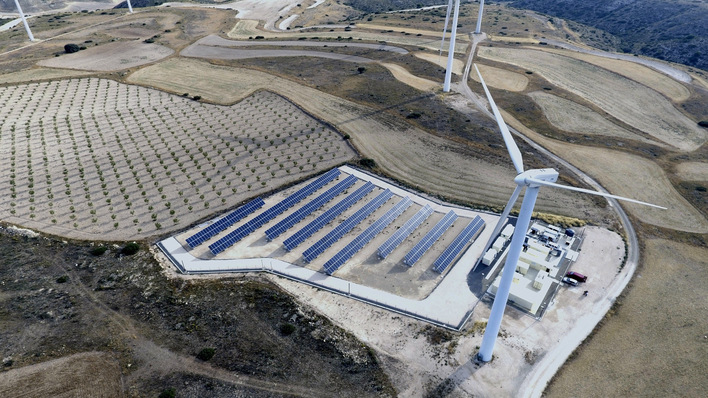What are SolarPower Europe’s political objectives in the field of cybersecurity?
As simple as it may sound, we want to make photovoltaics more secure to ensure energy supply reliability when solar power covers 20 to 30 percent of electricity consumption in the EU in the future. Some might find it strange that we are calling for more rules for the industry, but the success of the energy transition depends on our role as a responsible sector actively working on the long-term security of our technology.
If engineers had built nuclear power plants more securely 50, 60, or 70 years ago, Chernobyl might not have happened, and we might have nuclear power plants everywhere today instead of solar installations.
Is it also your goal to strengthen European PV suppliers through improved cybersecurity?
That is a positive side effect of our work, because effective cybersecurity measures require a certain degree of localization in Europe, which in turn strengthens local manufacturers. At SolarPower Europe, we also have a separate workstream dedicated to strengthening the European industry, for example through the Solar Manufacturing Facility or the Net-Zero Industry Act (NZIA). However, when it comes to cybersecurity, our main focus is on cybersecurity.
So, does more cybersecurity in the solar sector not mean that Chinese manufacturers should be pushed out of Europe?
It’s tempting to use cybersecurity as a pretext to strengthen the European industry. But that’s not our approach. Industrial strategy requires a separate, comprehensive approach. Market access rules and cybersecurity rules are two different things. When we talk about cybersecurity, we need to focus primarily on making PV systems more secure.
KRITIS in the EU spotlight as cybersecurity focus sharpens
Every supplier must meet certain requirements, regardless of their origin. That’s the only way we can strengthen the industry as a whole. If cybersecurity is reduced merely to the origin of the manufacturer, important security risks may be overlooked.
So risks such as hacker attacks or remote access by the manufacturers themselves are independent of the supplier’s origin?
Exactly. That’s one of the key findings of our report. The biggest cybersecurity issue in photovoltaics is terrorism-motivated attacks, which are already happening today. For instance, Russian hackers attack the European power grid on a daily basis. Financially motivated hackers target PV systems on commercial rooftops to gain access to IT systems.
Lithuania takes the lead on cybersecurity in solar
The scenario of a future conflict between China and the EU is certainly relevant, but compared to these very real and present risks, it remains speculative. To address these threats, we need to raise the overall security level across the board.
Can European manufacturers gain opportunities and market advantages by taking a leading role in cybersecurity standards?
There are two dimensions to this. On the one hand, developers and installers already avoid many Chinese products for exactly this reason. On the other hand, given the geopolitical situation, the EU will almost certainly introduce stricter legal requirements to reduce dependency on China and strengthen European resilience and sovereignty. In this context, European manufacturers who are less dependent on China are at an advantage, as they can meet tighter regulatory standards more easily.
Can you give an example of this?
It’s possible that inverters in the future will be required to carry out updates and daily control operations within the EU itself or in comparable facilities. European manufacturers are in a better position to ensure this than Chinese suppliers. This is similar to current EU data protection regulations, which state that control over European data must not fall outside EU jurisdiction or that of countries with equivalent security standards.
What must Brussels do to support European inverter and storage manufacturers?
We propose an IPCEI (Important Project of Common European Interest), a research and innovation program. It should apply to smart, flexible, and secure electrification – meaning inverters, batteries, heat pumps, and charging stations. The participating companies should receive improved public funding and support for their innovation capacity. For this purpose, several EU Member States and companies form a research collective.
Call for fresh funding to back EU solar manufacturing
In the storage sector, we have just launched the Battery Storage Europe Platform. It is a new, dedicated voice for batteries in Europe, both for manufacturing and deployment. It will advocate for robust legal and investment frameworks for battery storage. We just held our first official strategy day in Brussels and over 50 companies participated. You can see how much the industry is longing for representation and for access to the solar demand network that SolarPower Europe provides. The new platform is currently developing a detailed roadmap for the industry to meet battery demand and to complement SolarPower Europe’s ongoing work on flexibility and inverter advocacy.
What other EU support measures are needed?
As part of NZIA implementation, we need tenders that consider non-price criteria such as quality standards or local content. This can lead to greater diversification away from China and thus strengthen European manufacturers.
Net-Zero Industry Act endorsed by European Parliament
Financial support for manufacturing capacity in Europe is also necessary. This includes both investment costs for capacity building and ongoing operational financing costs, such as for electricity. Unfortunately, the EU updated its state aid rules at the end of June, allowing some operational expenses for heavy industry, but not for European solar manufacturers. That is why it is more important than ever that the European Commission uses the upcoming EU budget to swiftly set up a Clean Tech Manufacturing Bank, including a dedicated Solar Manufacturing Facility. This facility could then support projects with production-linked aid and help cover operating costs for new factories.
As Head of System Integration at SolarPower Europe, Jan Osenberg is responsible for advancing further PV development and integrating it into electrified, flexible power systems. He leads a small team of experts in grids and flexibility, markets and investments, electrification and hydrogen, rooftop PV, and digitalisation. He holds a bachelor’s degree in Energy Engineering from the Technical University of Munich.
Interview by Hans-Christoph Neidlein

